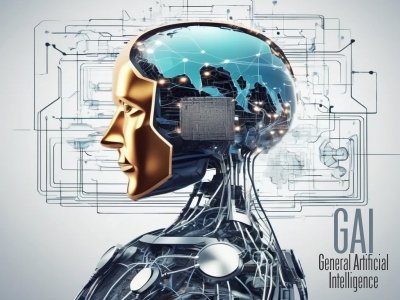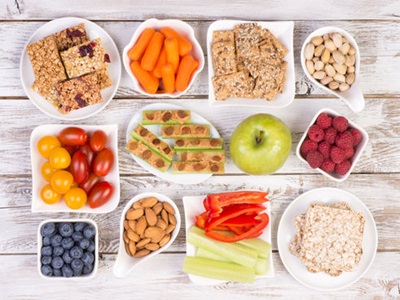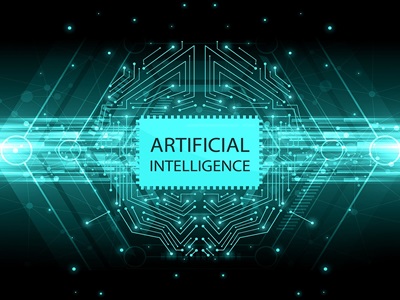Hello Guys,
I went for AWS Developer Associate recently and got certified with an 89% score. Here I am sharing the journey with you.
If you know a little bit about what is DB, Server, Cache, and Storage then this will be easy for you to understand AWS-verse services.
Let's see the AWS-verse services and their usage.
IAM (Identity and Access management) -
This is the service that is responsible for what the user, any other service can do what and what can not be done.
EC2 (Elastic Compute Cloud) -
EC2 is the most used service of AWS. It gives so many types of virtual as well as physical machines that can be used for different use cases. It is like a machine working on some operating system like Linux, or Windows as well as macOS also.
S3 (Simple Storage Service) -
This is the cheapest, most durable, fault-tolerant service for storing data storage. S3 can also be used to host a static website.
RDS (Relational Database Service) -
RDS offers 5 managed database services, that includes MySQL, MariaDB, SQL Server, Oracle SQL, and AWS' own AROURA. This provides a high-performance database in the cloud.
DynamoDB (Serverless Key-Value store) -
A very fast key-value database. Fully managed, serverless.
Lambda (Serverless compute)-
With lambda, you can deploy the function written in Java, Python, and many more language programs in AWS without managing servers.
Elastic Beanstalk (Managed Server)-
If you don't want to manage underlying servers, just deploy your code on EBS and it will be ready to use.
There are many more services you can read more about them here.
You will have to get at least 72% to pass the exam.
Good Luck.
In today's epic clash between India and Australia in the Border-Gavaskar Trophy, Nitish Kumar Reddy stole the spotlight with an extraordinary performance that left fans and analysts in awe. Repres

Artificial General Intelligence (AGI) represents a frontier in technological evolution, aiming to create machines that possess human-like cognitive abilities. Unlike narrow AI, which is designed

In today’s fast-paced world, finding time to prepare healthy snacks can be challenging. However, maintaining a nutritious diet is essential for keeping energy levels high and supporting overall

Artificial intelligence (AI) has transitioned from a futuristic concept to a present-day reality, permeating various aspects of our daily lives. From smart home devices to personalized healthcare, AI&

The finale of "The Boys" Season 4 has left fans both exhilarated and clamoring for more. This show, renowned for its unabashed approach to superhero deconstruction, reached new heights in it

India’s squad for ICC Men’s T20 World Cup 2024 Announced BCCI Declared India's Power-packed Squad for the T20 World Cup: Meet the Players As the T20 World Cup draws near, cricket

Are you ready to take your freelance career to the next level? Freelancing offers incredible flexibility and opportunities, but mastering it requires a combination of skills, strategies, and mindset.

Teachers are the pillars of our future. They are the ones who shape our minds and hearts, and they teach us the skills we need to succeed in life. They are our mentors, our role models, and our friend

Introduction Artificial Intelligence (AI) has emerged as the latest trending topic, captivating minds and industries across the globe. With its potential to revolutionize various sectors, AI has be

The journey of self-discovery is a lifelong one. It is a journey of exploration, growth, and change. It is a journey that can be both challenging and rewarding. On the road to self-discovery, we wi




